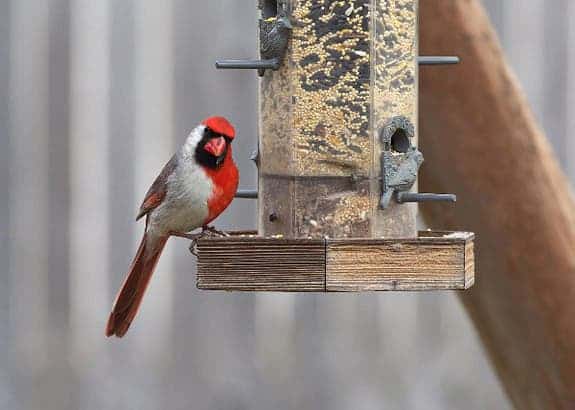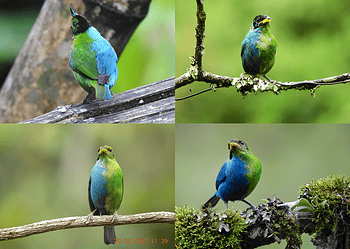
Pictured above is a cardinal, and if you don’t see anything special about it yet, you should check out its plumage. Alright, maybe not all of us are ornithologists, so I’ll just set the facts straight. If you look closely, you’ll see that the bird has bright red plumage of a male on its left side and gray, female feathers on its right.
The strange bird showed up in Larry Ammann’s backyard on Jan. 14. He immediately recognized that something was peculiar and contacted a biologist.
“I had no clue how on Earth something like that could happen,” said Ammann, a professor of statistics and a wildlife photographer who lives in a suburb of Dallas. “It was a learning experience.”
What scientists concluded after studying the cardinal bird was that it is indeed part female, part male – a rare genetic anomaly often seen in insects. Creatures like these are called gynandromorphs.
In this particular case, unfortunately, the cardinal bird flew away in the breeding season, leaving researchers hoping to collect some its feathers for genetic analysis very disheartened.
“The last view I got of it was two males chasing it away,” Ammann said.
I could think of a joke or two right now. Alas, at another time.
via livescience



